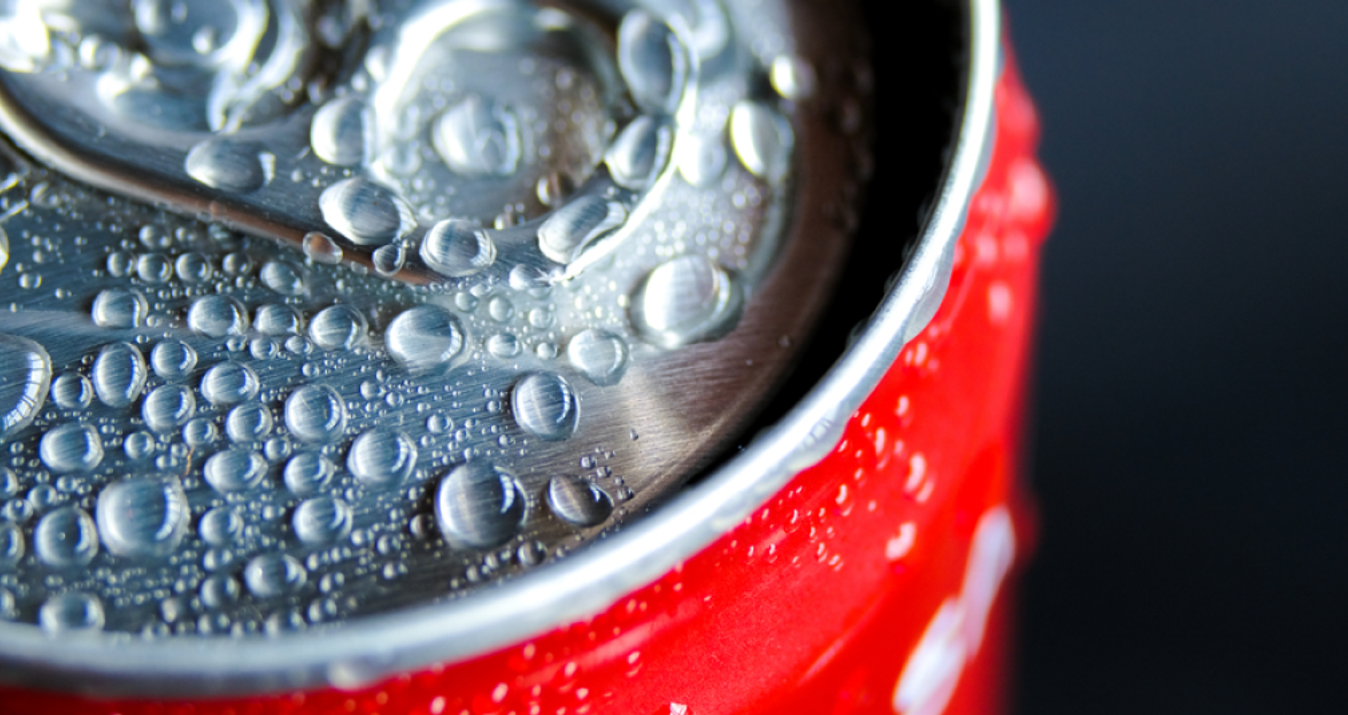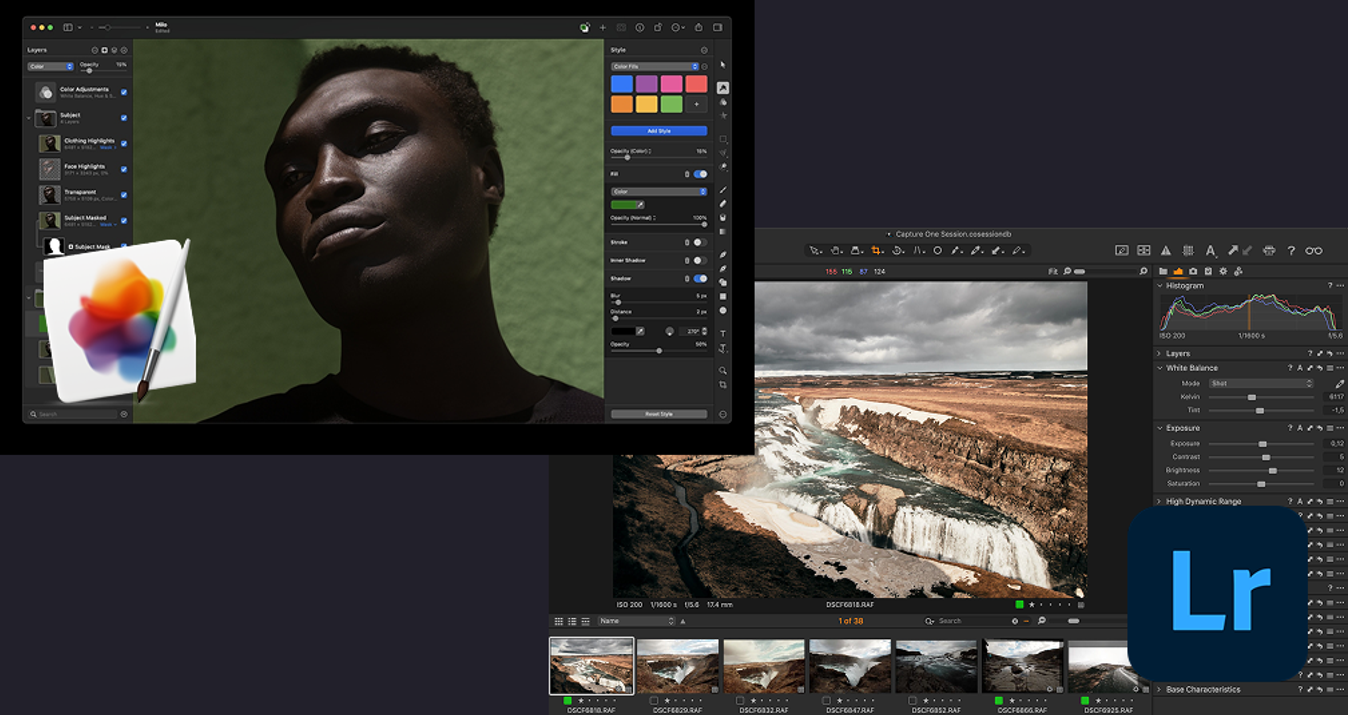PNG vs JPEG: Detailed Analysis of the Most Popular Formats for Photos
December 19, 2023

There are a few file formats widespread in the world of digital imaging. In this article, we`ll explore the difference between JPEG and PNG, which dominate all others.
At first glance, the image shown in both formats may appear the same, but if you look closely enough and dig into the data, the difference between the two is quite significant. One file type is not better than the other, as each is designed to be used in specific circumstances based on your needs for original image quality, file size, and more. Here's what you need to know about both formats to make the most of their strengths and weaknesses.
Also read: What Is an SVG File? How to Open SVG On Any Device
What is JPG Meaning in a Nutshell?
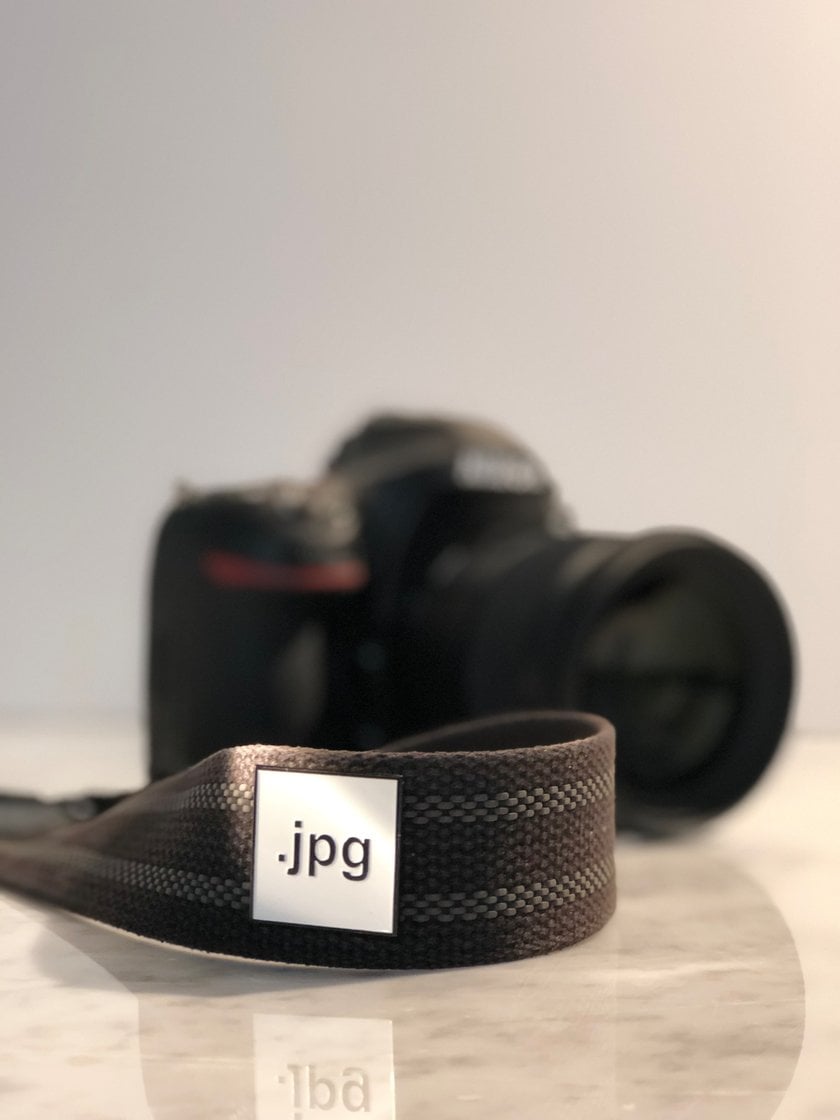
The JPG is an image format that uses lossy (loss in quality) compression. It has become the standard format for compressing digital photography and exchanging images online, thanks to its fine balance of file size and image quality.
What Does JPG Stand for?
 Joint Photographic Experts Group is the team that developed the format, so this is what does JPG mean. But files containing a JPEG image may also have other extensions such as .jpg, .jpe, or .jfif. All these images are of the same type and differ only in the number of characters. The fact is the earlier operating systems did not support more than three characters of file extensions, so .jpg and .jpe were used.
Joint Photographic Experts Group is the team that developed the format, so this is what does JPG mean. But files containing a JPEG image may also have other extensions such as .jpg, .jpe, or .jfif. All these images are of the same type and differ only in the number of characters. The fact is the earlier operating systems did not support more than three characters of file extensions, so .jpg and .jpe were used.
Learn More About Photography Terms In Our Glossary
View nowThe Main Benefits and Limitations of JPEG
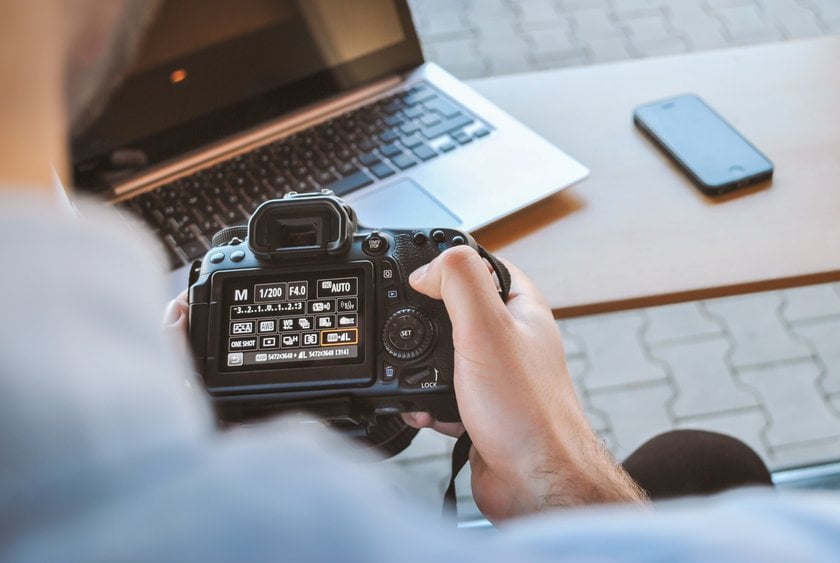
Before we discuss JPEG vs PNG quality, let's talk about the main characteristics of JPEG format of the first:
The most significant advantage is the excellent ratio between image compression and smaller size without sacrificing quality.
If you have a site with many images, this will ensure faster loading and positively affect SEO and user behavior.
JPEG also has built-in support for metadata (EXIF), such as the model of the camera used, the shutter speed, the aperture, and the ISO, frame resolution, and many others.
This small file size does not support CMYK well due to heavy compression, which means it is unsuitable for printing.
Also, JPEG does not support transparent color, so it is not ideal for graphics needing background transparency.
Briefly about PNG
PNG is rarely used in photography than JPEG. When these two formats are compared, the question often asked is PNG lossless. For a long time, PNG did not have built-in support for metadata, but in 2017 this feature was implemented. The PNG format stores information about the image in a compressed form, but the compression of PNG is lossless. So it is a large image compared to JPEG.
Also read: What Is a JPEG Format? How to Open JPEG On Any Device
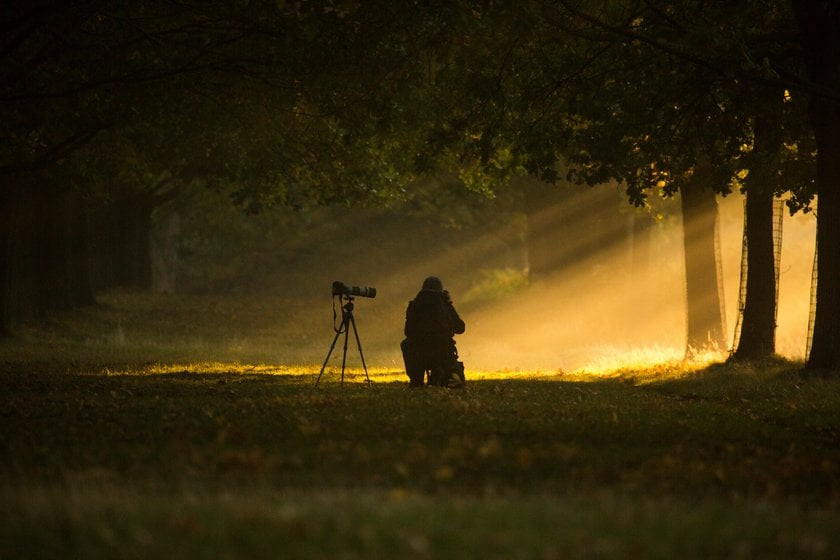 PNG is also known as a great image editing format. It was designed to replace the then-obsolete GIF format, but unlike it, it lacks animation.
PNG is also known as a great image editing format. It was designed to replace the then-obsolete GIF format, but unlike it, it lacks animation.
What does PNG mean?
PNG is a file format developed as an alternative to Graphics Interchange Format (GIF). Although there is a legend that in the early stages of the development of the format, the name PING was proposed, and the abbreviation PNG for "PING Is Not GIF" was a cheeky banter against the creators of the GIF format.
The Main Benefits and Limitations of PNG
 Before we move on to the PNG vs JPG competition, let's take a closer look at the first one.
Before we move on to the PNG vs JPG competition, let's take a closer look at the first one.
- PNG files can be saved over and over again without loss in quality due to lossless compression. Considered the best option for capturing screenshots that accurately represent the actual screen.
- PNG's most famous feature is its support for transparency, which means you can design your logos without any background.
- An important disadvantage of PNG is its larger file size than JPEG, which is not suitable for places where fast download speeds are required.
- PNG does not support CMYK at all.
PNG vs JPEG: Quality and The Compression Algorithms Decide Everything
So, we briefly figured out what these two formats are. Let's now talk in more detail about what is the difference between JPG and PNG. So, we briefly figured out what these two formats are. Let's now talk in more detail about what is the difference between JPG and PNG. Very simply put, the main point is that JPEGs, due to their lossy compression method, typically have smaller file sizes as some image data is removed. This is why photos in JPEG format are usually smaller in size. PNGs, with their lossless compression, keep all the image data, leading to larger files. I'll add some technical information here, explained as simply as possible, I swear!
JPEG uses Discrete Cosine Transform (DCT). I have already said that its advantage is an excellent balance between quality and file size. The exact ratio depends on the program and settings you are using, but a typical JPEG image has a compression ratio of 10:1. So if you start with a 10 MB image and export it as a JPEG, you should end up with an image that is about 1 MB in size.
On the other hand, PNG images are notable for their higher quality, resulting from lossless compression. While PNG files don't usually increase in size after compression, they are generally larger than their JPEG counterparts because they retain more detail and quality.
Although the math behind it is complex, this compression algorithm looks at the entire image, determines which pixels in the image are similar enough to those around it, and combines the pixels into tiles (groups of pixels with the same value).
 This method is extremely effective, but the information is lost that you can no longer recover. JPEG images are lossy, meaning that once the image is saved, the lost data cannot be recovered. So, just like with a photocopy, every time you open and save a JPEG, it will look a little worse than before.
This method is extremely effective, but the information is lost that you can no longer recover. JPEG images are lossy, meaning that once the image is saved, the lost data cannot be recovered. So, just like with a photocopy, every time you open and save a JPEG, it will look a little worse than before.
For this reason, JPEG is not recommended as an archival image format because if you ever need to open it and make changes, you will again lose some of the image quality. Photo editors such as Luminar Neo help to get around this problem if you don't delete your original files because these editors only save the changes as metadata, not overwrite the original image.
You should also avoid using the JPEG format in images with text or illustrations with sharp lines, as the lines tend to blur due to anti-aliasing. Anti-aliasing is an intentional blur intended to eliminate jagged edges.
However, there are times when you need to turn formats like PDF into JPEG. In these cases, it's best to export at the highest quality settings so that all text is legible.
PNG uses LZW compression, the same compression used by GIF and TIFF. In two-stage LZW compression, PNG takes strings of bits contained in image data and then maps these longer strings to the corresponding shortcodes contained in a dictionary (sometimes called a codebook) stored in the image file. The result is a smaller image with high quality.
PNG's biggest advantage over JPEG is that the compression is lossless, meaning the quality is not degraded each time it is opened and saved. So to some extent, it is true that PNG quality is higher than JPEG.
PNG also handles detailed, high-contrast images well. It is for this reason that the PNG format is more commonly used as the default format for saving screenshots, as it can provide a near-perfect pixel-by-pixel representation of the screen instead of squeezing groups of pixels together.
To summarize, we would say that JPEG offers smaller file sizes and faster loading times but sacrifices some quality and lacks transparency. PNG maintains higher quality with lossless compression and supports transparency but results in larger files.
Is PNG Better than JPG due to Transparency?
This very much depends on your goals. Of course, transparency support is one of the outstanding features of the PNG format. In color and grayscale images, pixels in PNG files can be transparent. This allows you to create images that neatly overlay the content of an image or website. Therefore, the PNG format is great for logos, especially those with text that is used on a website. But remember that images are also the primary performance bottleneck online, making up 75–78% of total page weight, with an average page carrying ~21 images (~1.9 MB). If left unoptimized, they can significantly slow down websites, particularly on mobile. If you create a transparent background in Photoshop and save your images as a JPG, then that transparent background simply becomes white because the format doesn't support transparency.
 So which should I choose: PNG or JPEG? PNG was made for the web, and it has proven its worth. JPEG may be the format for most images, but PNG fills an important niche that JPEG can't fill. PNG is the only choice when you need to clearly render a logo or text on top of other elements on a website.
So which should I choose: PNG or JPEG? PNG was made for the web, and it has proven its worth. JPEG may be the format for most images, but PNG fills an important niche that JPEG can't fill. PNG is the only choice when you need to clearly render a logo or text on top of other elements on a website.
What about CMYK Support?
Is PNG higher quality than JPEG? RGB and CMYK are various color models used in modern computer graphics and printing. The RGB color model forms the color gamut on a computer screen. And the CMYK model transmits the image on paper in the printing industry.
When preparing an image for publication on a website, the RGB model is used. However, the same image in printing is prepared using the CMYK model, the colors of which are visually on the screen may differ slightly from the usual RGB. You should not be afraid of this phenomenon - on paper, the color of the image will correspond as much as possible to that which we saw on the computer screen.
Using the RGB scheme to create printed layouts can negatively affect the color rendering in the finished product due to the different nature of color. For example, bright blues and deep greens will fade.
What is the difference between PNG and JPG? JPEG supports both RGB and CMYK in 24-bit color space, but its CMYK support leaves a lot to be desired.
 In turn, PNG does not support this color model at all. This one is for images that use the additive color model. This is not surprising when you remember that PNG stands for Portable Network Graphic, i.e., intended for display on monitors. While CMYK is a subtractive model designed for printing.
In turn, PNG does not support this color model at all. This one is for images that use the additive color model. This is not surprising when you remember that PNG stands for Portable Network Graphic, i.e., intended for display on monitors. While CMYK is a subtractive model designed for printing.
Modern printers handle RGB files just fine, so this isn't such a big deal. However, when comparing the
PNG vs JPEG quality, the latter generally offers superior image quality due to its lossless compression.
So What is Better: JPEG or PNG?
Definitely, format matters. However, it cannot be undeniably stated that PNG or JPG is better. The question is which one suits you better for a particular image operation. Finally, I propose to summarize everything described above and consider situations in which one or another file type would be more appropriate.
To summarize, we would say that JPG offers several advantages over PNG:
Smaller file size
Faster loading times
Wider compatibility
Better for web use
JPG vs PNG for Web
 In this case, you're better off targeting the nature of the image rather than the file type. I would say that PNG is better suited for texts and graphics of any kind (infographics, tables, diagrams, etc.), while JPEG is ideal for photographs.
In this case, you're better off targeting the nature of the image rather than the file type. I would say that PNG is better suited for texts and graphics of any kind (infographics, tables, diagrams, etc.), while JPEG is ideal for photographs.
However, remember that if you upload many photos to your site's server in PNG format, this can negatively affect the download speed and, as a result, the ranking of your site in search results.
For Editing and Post-processing
PNG images do not lose quality when opened and saved and also support a transparent background. It would seem that this is enough to ask: is JPEG or PNG better? Remember that you will probably not store your photos in PNG. Therefore, for editing a snapshot, I recommend RAV or TIFF. But if you work exclusively with graphics, PNG will suit you better.
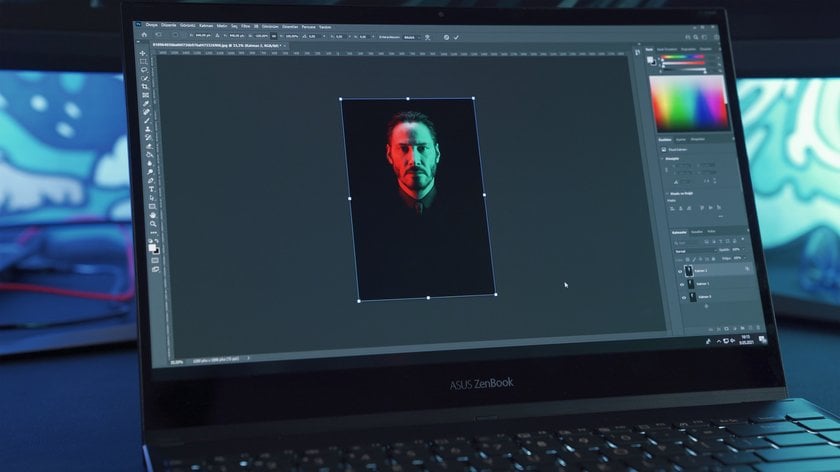 Taking this opportunity, I want to advise you of the already mentioned editor Luminar Neo. This program not only allows you to avoid loss of image quality but also becomes an excellent assistant with which many tasks are easily solved. The software is powered by artificial intelligence, making it easy to remove backgrounds, change colors and adjust exposure, add filters and effects to photos, and more. I prefer Luminar Neo even to such well-known solutions as Photoshop or Lightroom.
Taking this opportunity, I want to advise you of the already mentioned editor Luminar Neo. This program not only allows you to avoid loss of image quality but also becomes an excellent assistant with which many tasks are easily solved. The software is powered by artificial intelligence, making it easy to remove backgrounds, change colors and adjust exposure, add filters and effects to photos, and more. I prefer Luminar Neo even to such well-known solutions as Photoshop or Lightroom.
Your AI-Powered Photo Editor for MacOS and Windows
TRY IT FOR FREE!Choosing a Format for Printing
 This is an undeniable argument: the higher resolution of PNG or JPEG. But PNG does not support CMYK at all. For really high-quality printing, I recommend TIFF. But if you want to print a small photo into your home album, don't worry about the format at all.
This is an undeniable argument: the higher resolution of PNG or JPEG. But PNG does not support CMYK at all. For really high-quality printing, I recommend TIFF. But if you want to print a small photo into your home album, don't worry about the format at all.
Storage
 This is a win we will give to JPEG, as these are small images that you can store in the thousands on your computer or smartphone.
This is a win we will give to JPEG, as these are small images that you can store in the thousands on your computer or smartphone.
On a Final Note
So who will win the PNG versus JPEG contest? Whatever you do these days, you have to deal with visual content in one way or another. And in such circumstances, it is essential to understand how to choose the right image for a particular purpose. I hope that my analysis will help you with this. Choosing a file format to save your pictures is not such a difficult task, but it can save you from too frequent and annoying hard disk cleanups, but it can also affect more significant things like your site's ranking or the quality of the print you paid for.
Thank you for taking a few minutes of your time to read this article. See you (write you) at the next one.



